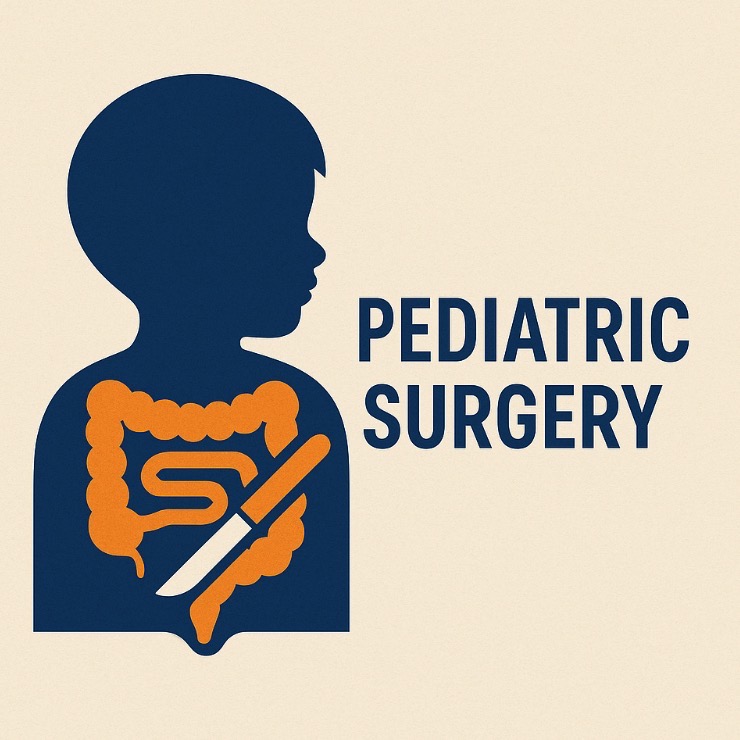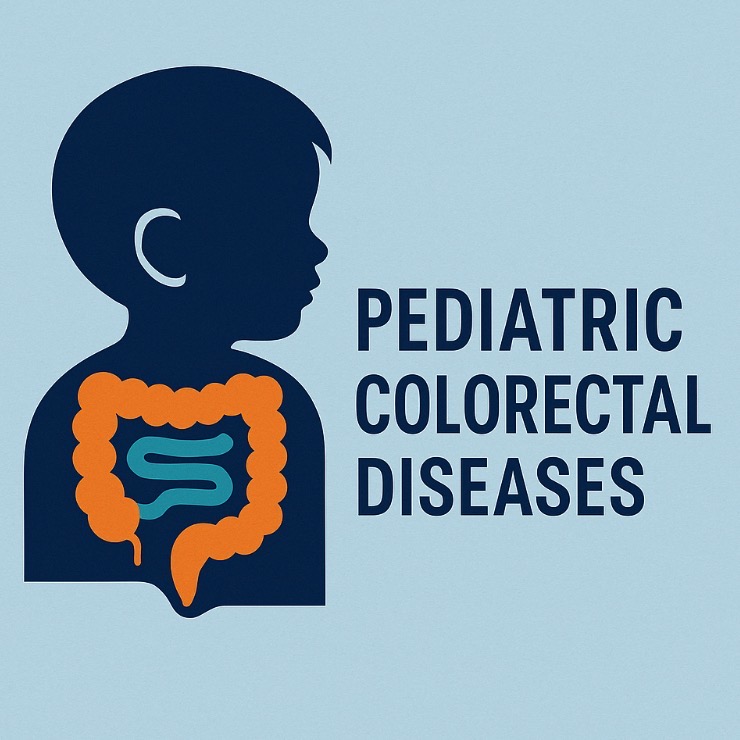Articles
30 December 2014
Vol. 36 No. 5-6 (2014)
Cross-sectional and prospective study of the effects of GH therapy on metabolic panel in children with GH deficiency

Publisher's note
All claims expressed in this article are solely those of the authors and do not necessarily represent those of their affiliated organizations, or those of the publisher, the editors and the reviewers. Any product that may be evaluated in this article or claim that may be made by its manufacturer is not guaranteed or endorsed by the publisher.
All claims expressed in this article are solely those of the authors and do not necessarily represent those of their affiliated organizations, or those of the publisher, the editors and the reviewers. Any product that may be evaluated in this article or claim that may be made by its manufacturer is not guaranteed or endorsed by the publisher.
1688
Views
1424
Downloads
Authors
Department of Pediatric, Gynecological, Microbiological and Biomedical Sciences,
University of Messina, Italy.
Department of Pediatric, Gynecological, Microbiological and Biomedical Sciences,
University of Messina, Italy.
Department of Pediatric, Gynecological, Microbiological and Biomedical Sciences,
University of Messina, Italy.
Department of Pediatric, Gynecological, Microbiological and Biomedical Sciences,
University of Messina, Italy.
Department of Pediatric, Gynecological, Microbiological and Biomedical Sciences,
University of Messina, Italy.
Department of Pediatric, Gynecological, Microbiological and Biomedical Sciences,
University of Messina, Italy.
Department of Pediatric, Gynecological, Microbiological and Biomedical Sciences,
University of Messina, Italy.
Department of Pediatric, Gynecological, Microbiological and Biomedical Sciences,
University of Messina, Italy.
How to Cite
Cross-sectional and prospective study of the effects of GH therapy on metabolic panel in children with GH deficiency. (2014). La Pediatria Medica E Chirurgica, 36(5-6). https://doi.org/10.4081/pmc.2014.104
PAGEPress has chosen to apply the Creative Commons Attribution NonCommercial 4.0 International License (CC BY-NC 4.0) to all manuscripts to be published.










